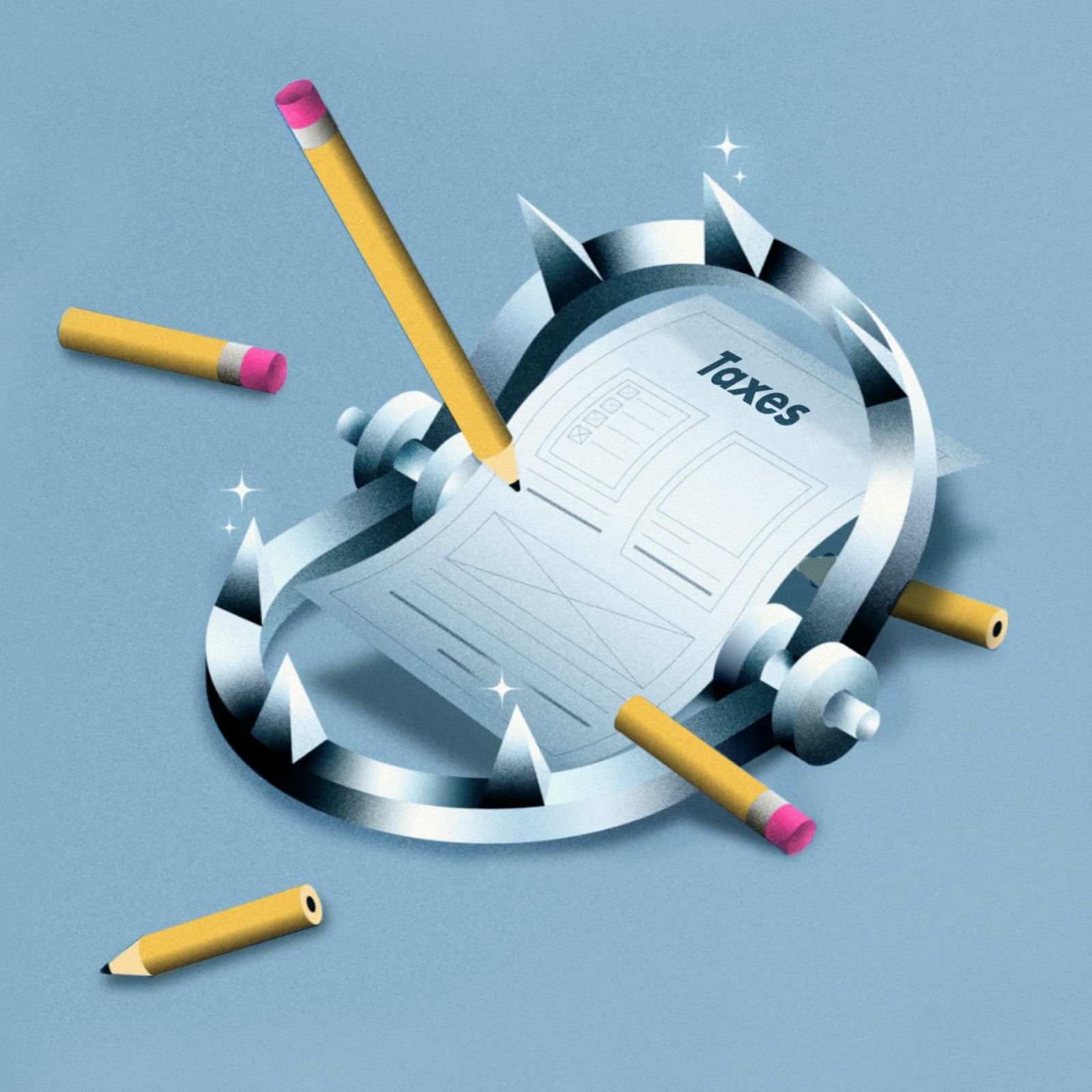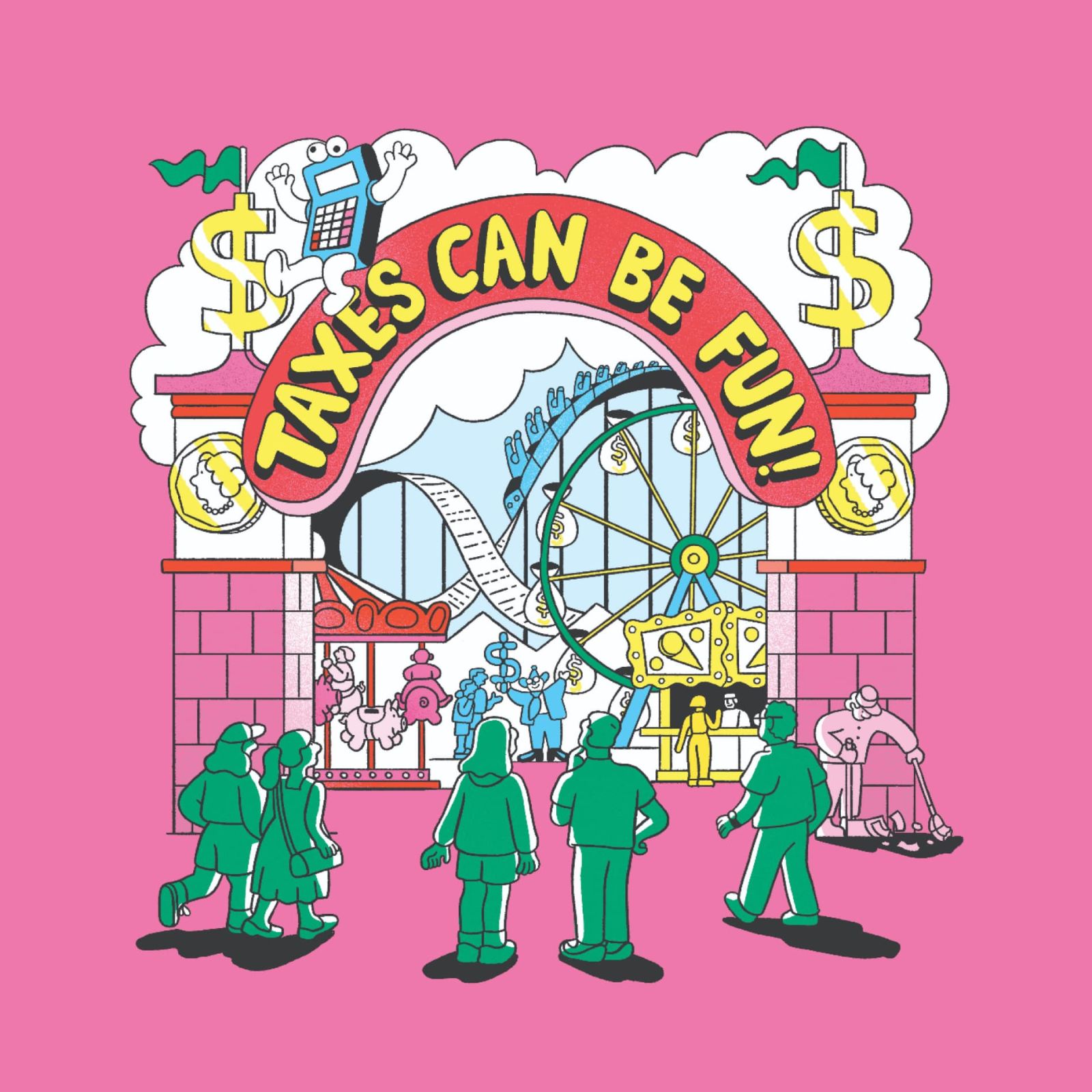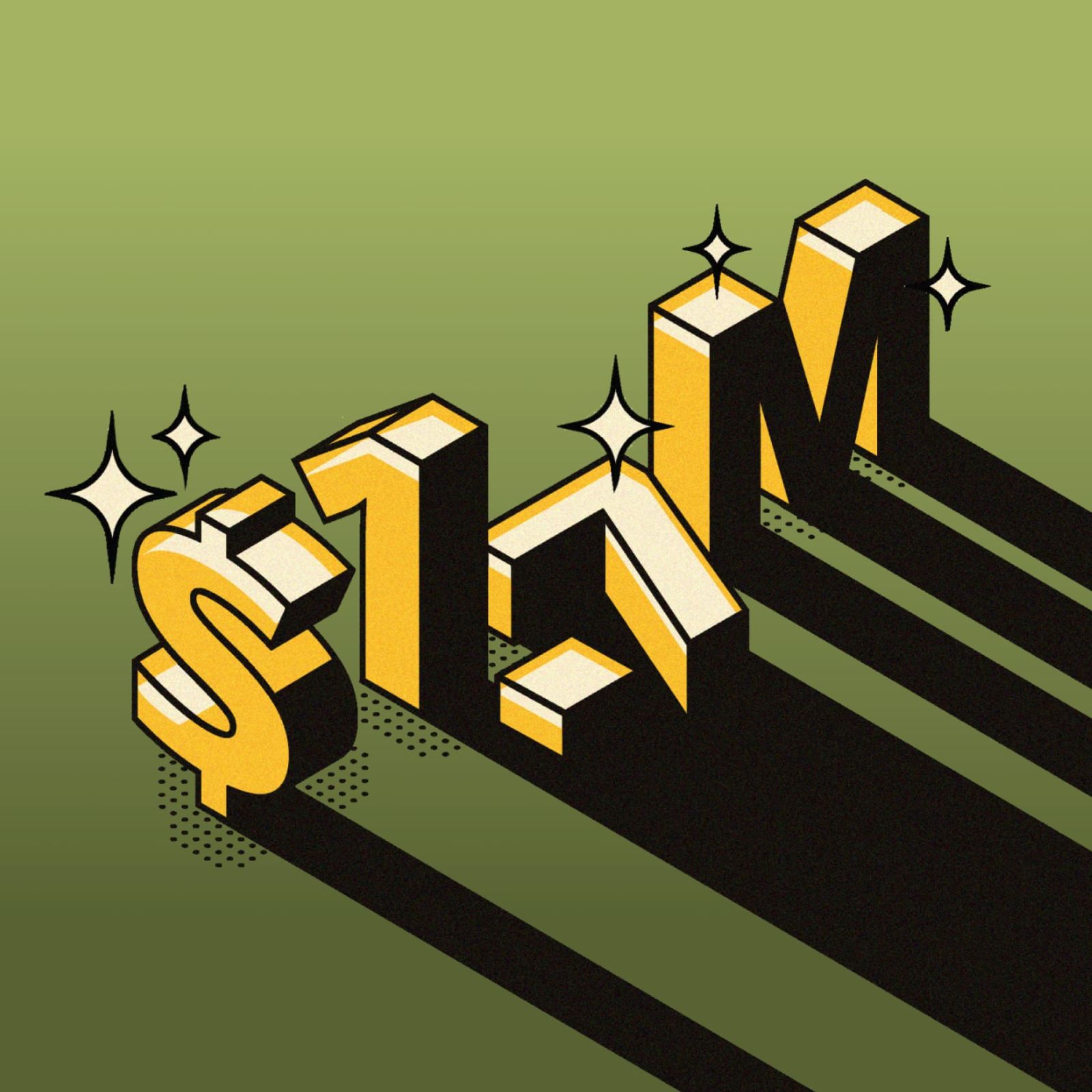Finance for Humans
Learn to Speak Crypto: Lesson Three
In our third installment, we’ll learn about the possibility of a whole new (and some say much better) internet, and how to watch out for a common scam.
Wealthsimple makes powerful financial tools to help you grow and manage your money. Learn more
Our guide to the 50 words you need to understand the crypto world continues below. If you missed lesson one and lesson two, you may want to check them out first. Otherwise, let’s get cracking.
WEB3
What it means: A new, decentralized internet built on the blockchain. Imagine if users controlled their own data, instead of three giant tech companies. Wild, right?
Why it matters: Let’s be real: the current version of the internet is not great. Sure, it allows us to follow Pete Davidson’s love life closer than we should be able to, or immediately look up any background actor in a movie — a movie that, thanks to the internet, you are most likely streaming. But it’s also a place where a company (cough, Facebook, cough) literally prioritized an algorithm that made people angrier, ON PURPOSE, as it pocketed tens of billions in revenue. It’s not hard to understand why people are dreaming up ways to make it better.
A little more context: Web 1.0 is the internet of the ‘90s and early 2000s. It was super basic — think informational websites that you could read but not interact with — and most people were consumers of content, rather than creators. Web 2.0, which we’re a part of right now, changed that. Social networks like Myspace and Facebook made the internet a place not just to consume content, but to share it, too. With more content came more users, and suddenly everyone was online. Companies capitalized on that, collecting and profiting from our data in exchange for providing us with all of these amazing free services.
Web3 is the next step. Proponents see it as an opportunity to keep the best parts of those earlier ecosystems, but with an important new wrinkle: privacy and control. How? The blockchain. The same technology that makes sure an NFT artist shares in the profits of future sales can also keep Google from knowing every single time you’ve shopped for toothpaste. Users will keep the system running — and just like with blockchains, they’ll be rewarded for doing so.
The catch? This is all pretty hypothetical right now. There are a lot of details missing when it comes to scalability, tech, and who’s going to pay for all this.

Sign up for our weekly non-boring newsletter about money, markets, and more. Sorry, TLDR is currently available in English only.
By providing your email, you are consenting to receive communications from Wealthsimple Media Inc. Visit our Privacy Policy for more info, or contact us at privacy@wealthsimple.com or 80 Spadina Ave., Toronto, ON.
How to use it in a sentence: Carla wanted a new character added to Fortnite, so she’s hoping Web3 will allow her and other players to vote on game expansions — rather than letting corporations like Epic make the decisions.
NGMI/WAGMI
What it means: These two acronyms are variations on the same theme. NGMI stands for Not Gonna Make It, and WAGMI is the opposite: We’re All Gonna Make It. (If WAGMI is too much for you to type, GMI is acceptable shorthand).
Why it matters: NGMI and WAGMI give you easy ways to express hype or doubt within the crypto community — kind of a “you’re with us or against us” sentiment. They work as nouns, too: NGMIs can refer to coins that have no promise, and WAGMIs to refer to those that do.
A little more context: The phrase first became popular on 4chan’s /fit/ board more than a decade ago, when a bodybuilder and Youtuber named Zyzz would repeat the catchphrase “we’re all gonna make it” to hype up his online workout buddies. After Zyzz’s death from a heart attack at age 22(!), his followers started to spread the phrase around, using it to motivate each other to push through tough times. It eventually migrated over to subreddits like r/WallStreetBets and r/cryptocurrency, where community members would use it to encourage each other to stay strong and not give up — on crypto profits.
The phrases are so popular that they’ve been used to name different cryptocurrency groups and protocols: A decentralized autonomous organization (DAO) called WAGMI United has been working to purchase an English football club, and a memecoin called $WAGMI was created earlier this year as an ERC-20 token. No idea if they’re GMI or not.
How to use it in a sentence: Angelo keeps selling his BTC every time the market dips. He’s NGMI. But Rachel just bought two more NFTs that are already worth twice what she paid. She’s GMI.
Recommended for you
![]()
Five Tax Traps — And How, If You Start Now, You Can Avoid Them
Finance for Humans
![]()
Why the Asset Bubble Popped, All at Once
Finance for Humans
![]()
Canadians Are Keeping Their Money in Cash. It’s Risky.
Finance for Humans
![]()
OMG You’re Having a Baby! (A Guide to That and Other Big Life Moments That’ll Affect Your Taxes)
Finance for Humans
The simplest way to invest in crypto
WEALTHSIMPLE CRYPTO
The simplest way to invest in crypto
Buy and sell Bitcoin, Ethereum, Aave, Uniswap, and more — instantly.

GAS
What it means: Gas is the fee users pay to make transactions on the Ethereum blockchain. Every time you buy an NFT or e-sign a legal document, you pay for gas. Like real-life gas prices, Ethereum’s gas fees are based on demand, rising or falling with the number of people using the network.
Why it matters: Ether, the token the Ethereum network runs on, currently has the second-highest market cap after bitcoin — meaning billions of dollars worth of ETH are traded each day, and thousands of decentralized applications run on it. This popularity has the unfortunate side effect of making gas fees skyrocket — and pushing many users into the wide-open digital arms of competitor networks like Solana or Avalanche, where transaction fees are much lower.
A little more context: While gas fees are a big concern for ETH holders right now, that should change soon. In June 2022, Ethereum plans to move from a proof-of-work model to proof-of-stake. What’s the difference? As much as 100 terawatt hours of electricity each year — which, you know, costs a lot of money. PoW systems like Bitcoin and the current version of Ethereum require incredible amounts of computational power to earn the right to validate transactions. All of that power is expensive for the miners — the computers recording the transactions in the blockchain — and they pass those expenses on to users. In a PoS model, miners put up Ether holdings as collateral in order to validate transactions. That process is 99.95% more energy efficient, and that’s good news for everyone.
How to use it in a sentence: Arti was going to buy an NFT painting on Opensea, but she canceled the transaction when she saw that gas fees were through the roof.
WHALE
What it means: Whales are people or organizations that hold enormous amounts of crypto. While most of us are probably just small fry, a whale has the financial capital to swallow up vast swaths of assets in one go, leaving behind a volatile wake for everyone else trying to swim in the market.
Why it matters: With one move, whales can subject cryptocurrencies to wild price swings. That’s especially true when you’re talking about smaller coins, where a big purchase accounts for a larger percentage of the overall market cap. Whales can also have an outsized influence on supposedly decentralized organizations: once a whale holds the majority stake in an organization governed by blockchain, that gives them total control.
A little more context: Crypto advocates have touted the system as a way to decentralize wealth, but the existence of so many whales shows that’s not exactly what’s happening. A study from the National Bureau of Economic Research in December 2021 found that just 0.01% of bitcoin holders control 27% of the bitcoin in circulation. That’s way more drastic than U.S. wealth inequality, where 1% of Americans hold about 30% of the country’s wealth. There is one caveat, though: those whale numbers can be a bit misleading. Some crypto addresses belong to exchanges, not sole users, so what looks like one really rich investor could actually be thousands of regular people.
How to use it in a sentence: After a whale dumped millions worth of SHIB, Jack’s holdings tanked.
RUG PULL
What it means: A rug pull is a scam in which developers abandon a crypto project, running away with investors’ money — pulling the rug out from under their feet.
Why it matters: Rug pulls are a big concern. According to one report, investors lost more than $2.8 billion USD to rug pull scams in 2021. Here’s how it usually works: developers create a seemingly legit project, tout it as the next big thing, and start selling tokens. Sometimes they even sneakily invest their own money, making it look like others have already bought in — and driving up the price. Once they’ve built up a big enough pool of money, they cash out and disappear, leaving investors holding totally useless tokens.
A little more context: The nature of cryptocurrency makes it relatively easy for rug pullers to disappear, since they can pseudonymously move the stolen money from wallet to wallet. Since there aren’t many regulations in place to govern a decentralized project’s operations, the scam-spotting burden, unfortunately, falls directly on you. How do you protect yourself? By doing the best due diligence you can. Look for projects that have known developers, good liquidity, and a whitepaper — the document outlining the coin’s goals and use — that is transparent with how the system works. And then you just hope.
How to use it in a sentence: When Britney’s mom told her about a new crypto staking exchange that sounded too good to be true, Britney worried her mom was falling for a rug pull.
Sarah Rieger is a news writer for Wealthsimple Magazine. She was previously a staff writer and editor at CBC News and HuffPost Canada. You can reach her at srieger@wealthsimple.com, or on Twitter at @sarahcrgr.








